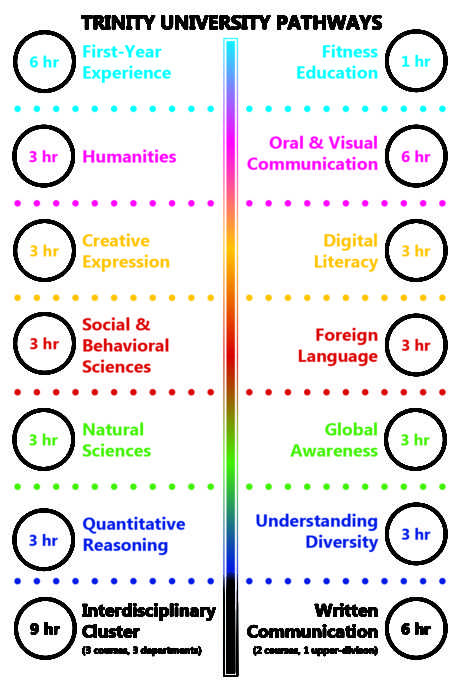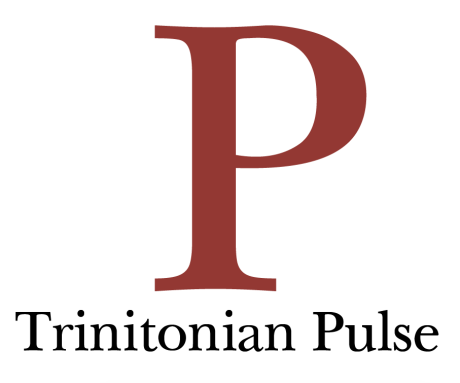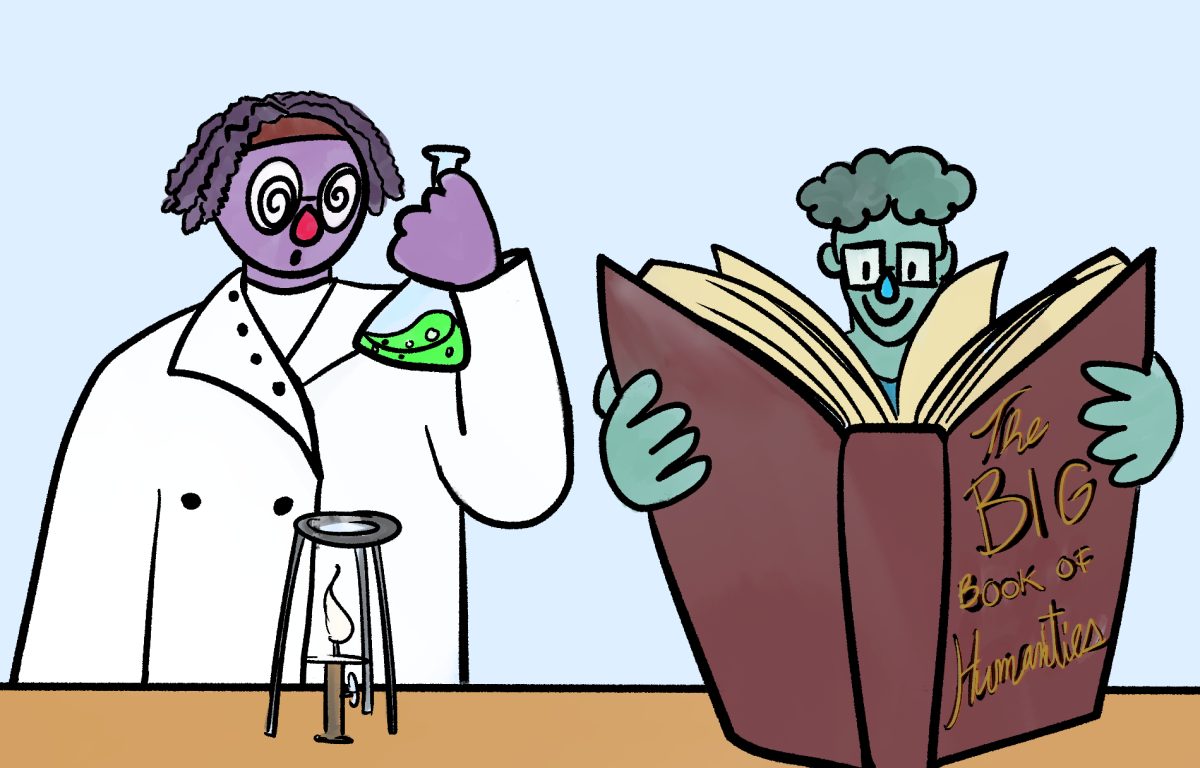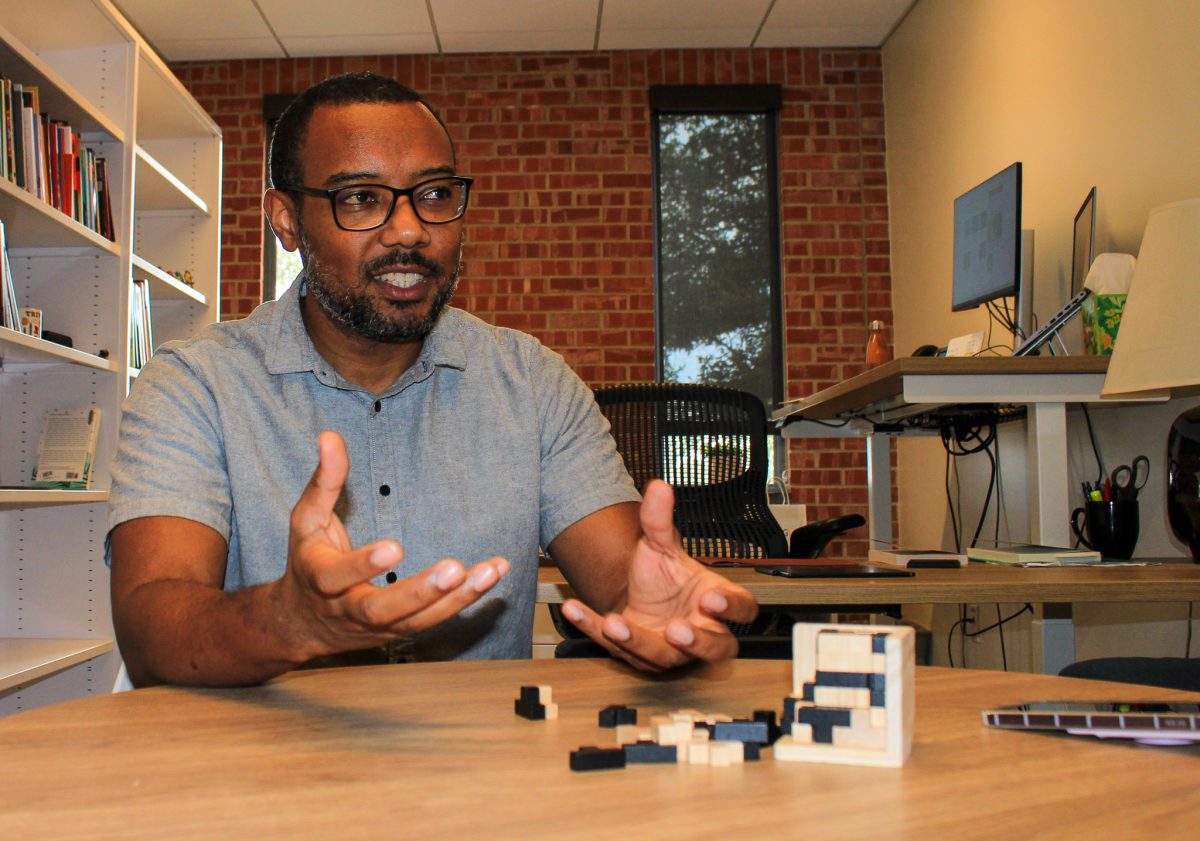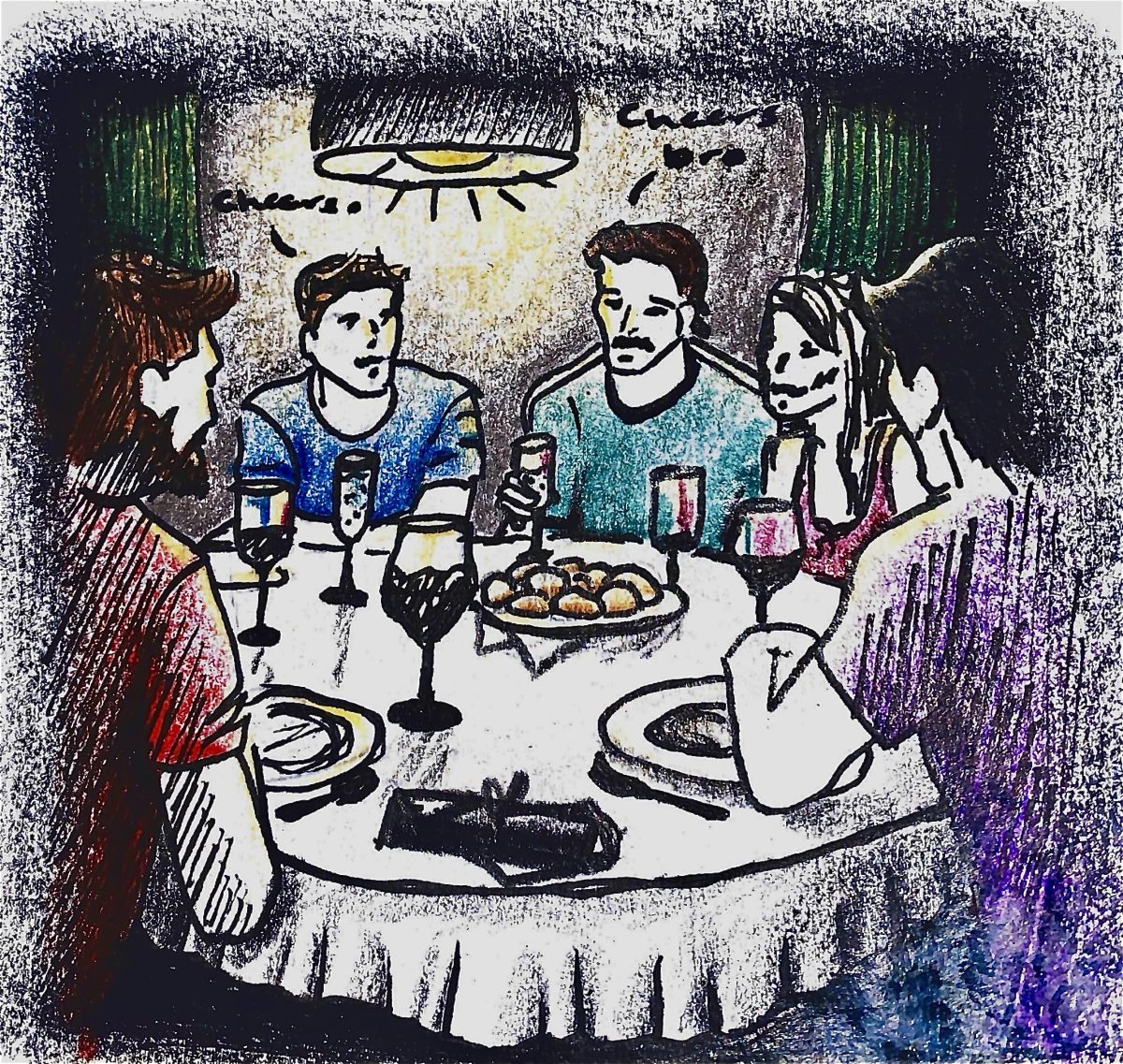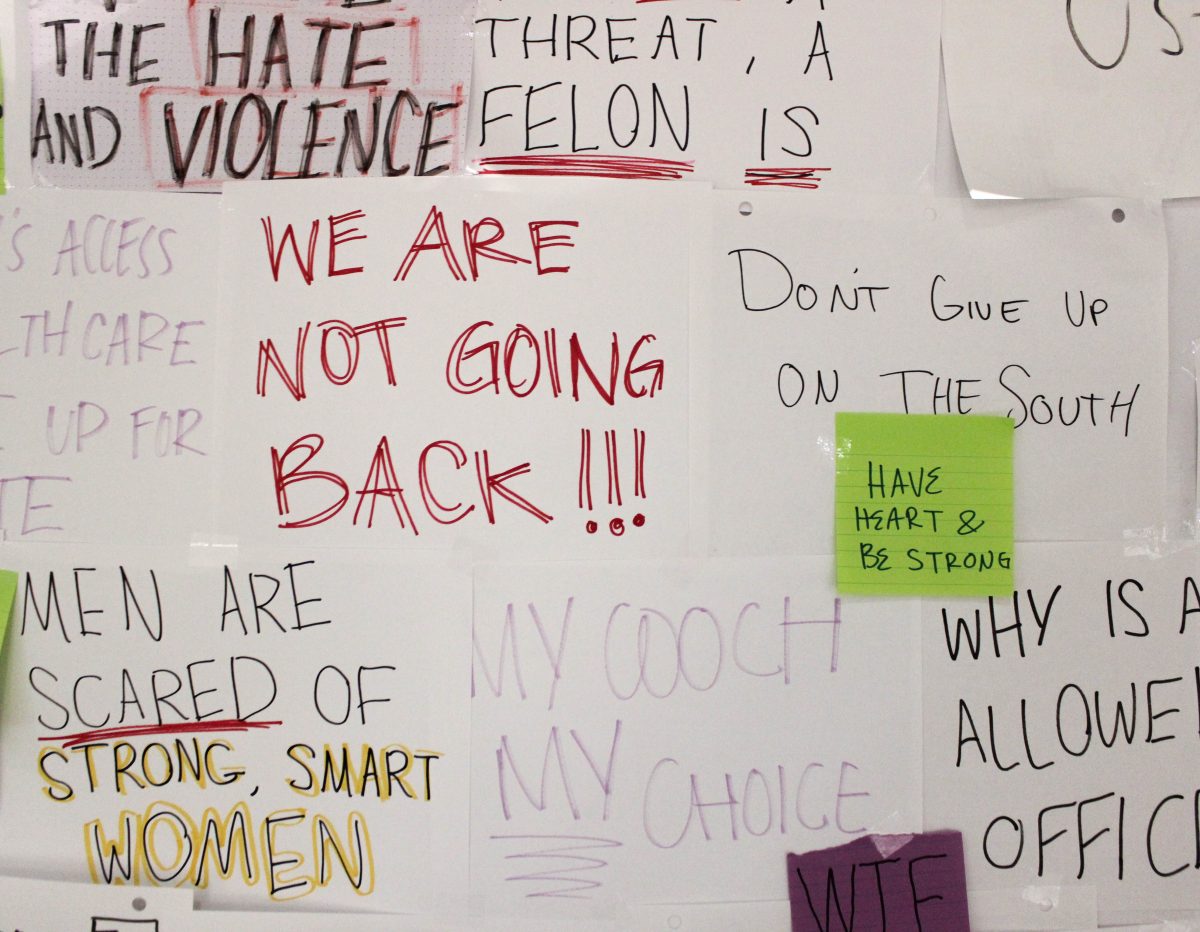After completing their first year at Trinity, sophomores continue to learn more about Pathways, Trinity’s new curriculum, and sometimes find distinct advantages to it.
“One of the things I like about Pathways is it forces you to explore different disciplines,” said Mykaela Cali, a sophomore studying Psychology and Neuroscience. “You can explore some new interests that you probably didn’t have beforehand.”
Students under the Pathways curriculum are required to take five courses in approaches to creation and analysis, which bears some similarities to the understandings of the common curriculum in that both require students to take classes in various academic departments. The eight courses of the approaches and the new interdisciplinary cluster must come from at least seven different departments and have to be taken at Trinity. Perhaps one of the biggest differences between Pathways and common curriculum, however, is the interdisciplinary cluster. There are various types of interdisciplinary clusters that can all be completed by taking three courses listed under one of those specific clusters.
“My biggest issue with Pathways is the interdisciplinary cluster, mainly because most of the classes seem to be upper division, so you have to have prerequisites beforehand,” Cali said.
Though some students like Cali have struggled to find the right courses to complete the interdisciplinary cluster, while others don’t see it as a difficult process.
“One thing I enjoy about Pathways is the interdisciplinary cluster,” said Miriam Cone, a sophomore English major. “I like that we take three courses that vary in style and subject, but they still relate to each other and a bigger theme. I think it helps encapsulate the unique learning you receive from a liberal arts education.”
Like the common curriculum, Pathways allows students to take classes across a variety of disciplines, from natural sciences to the humanities and everything in between.
“I took Technology in the Classical World last semester for Pathways credit and learned about a topic I don’t think I would’ve encountered within my major,” Cone said.
Students under the Pathways curriculum have a wide variety of options when it comes to choosing their classes, and many see that as an advantage.
“My favorite thing about Pathways is that it is designed to give students lots of options,” said Madeline Grimes, a sophomore Psychology major. “There are many subjects, such as Creative Expression that I probably would not have otherwise chosen to take, but Pathways forces students to get out of their comfort zones and try new things that they may end up really liking.”
Whether a student has all four years more or less planned out, or is undecided, the Pathways curriculum provides them with a number of opportunities to explore different subjects. If a student decides to switch their major or minor, they will not have to start from scratch.
“Pathways allows students a good bit of wiggle room to change their major or minor if they so choose, because it requires students to take classes outside their major and try new things,” Grimes said.
Students and faculty alike are still adjusting to Pathways, learning how to prepare for and teach classes, respectively, such as the challenging First Year Experience. Switching over was not easy, and the transition is still happening. Nevertheless, the future looks bright and Trinity anticipates that great things will come from this change.
